Removal Procedure
- Raise vehicle on hoist.
- Remove wheel corresponding to caliper being removed.
- Remove brake hose from caliper. Plug openings in caliper and brake hose to avoid fluid loss and contamination.
- Remove lock pin and guide pin.
- Remove caliper from caliper support, being careful not to damage pin boots.
- Suspend caliper with safety wire.
- Remove inboard and outboard brake pads from caliper support.
- Remove two pad clips from caliper support.
- Inspect the following:
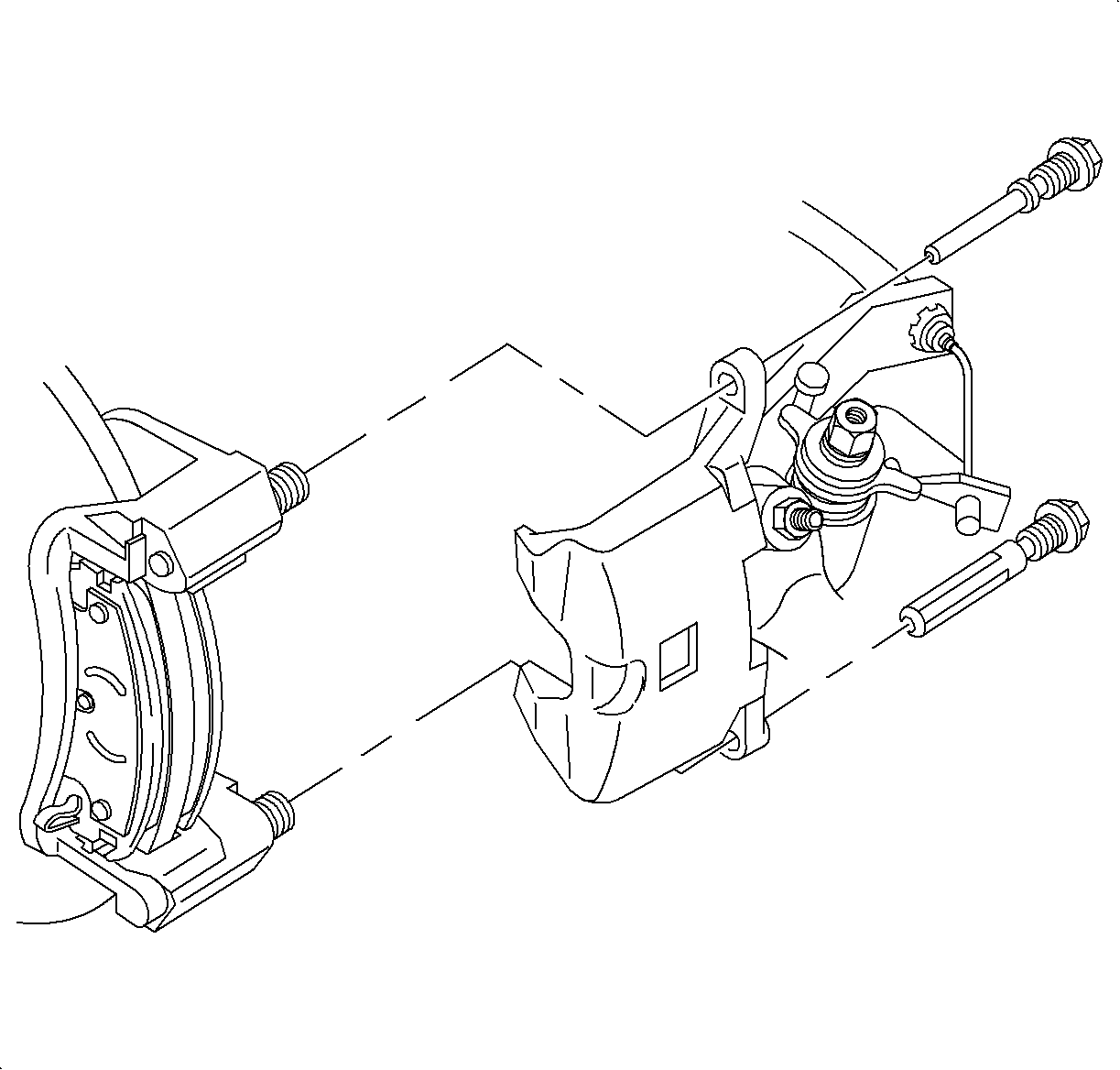
Caution: Ensure that the vehicle is properly supported and squarely positioned. To help avoid personal injury when a vehicle is on a hoist, provide additional support for the vehicle on the opposite end from which the components are being removed.
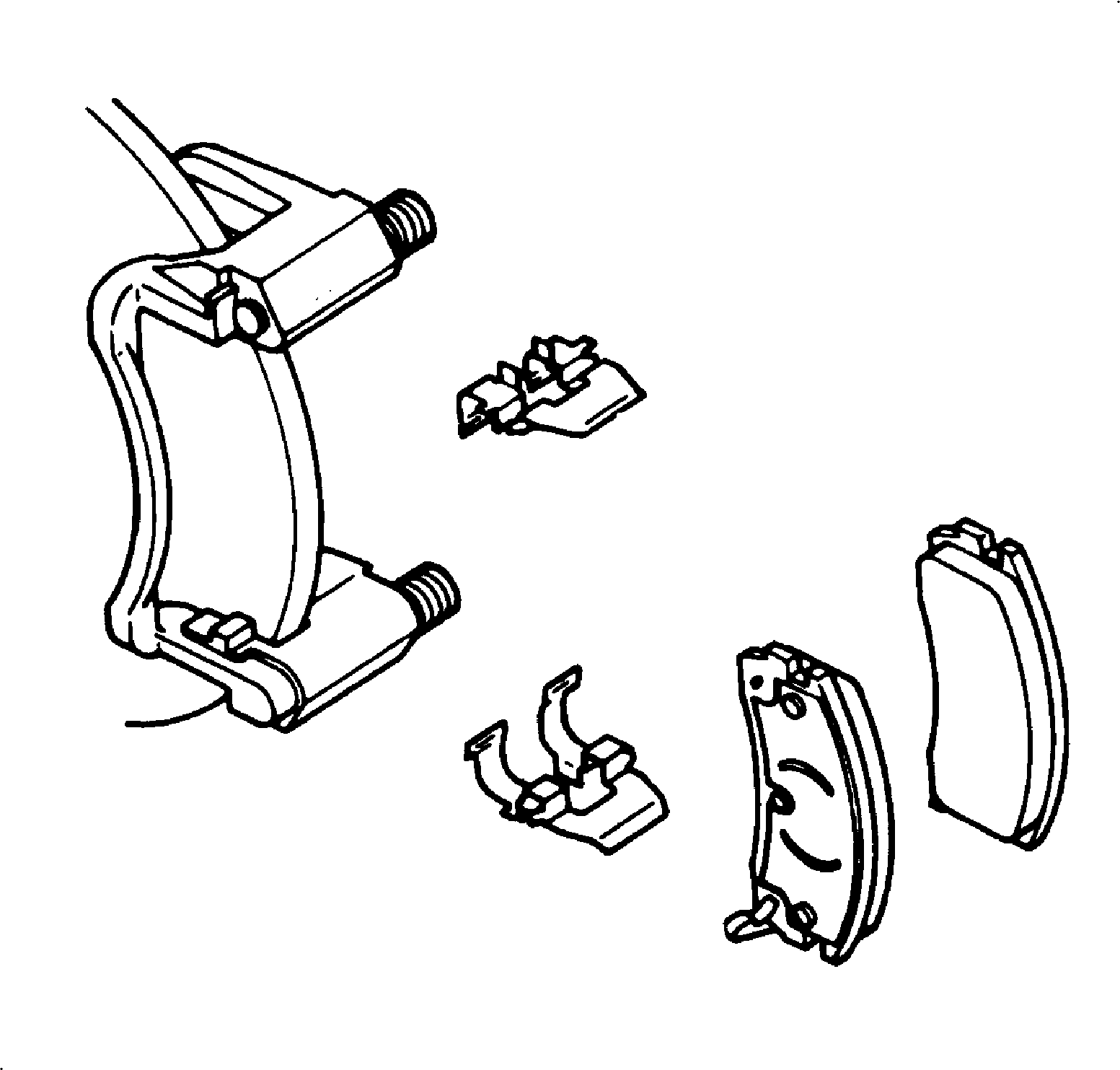
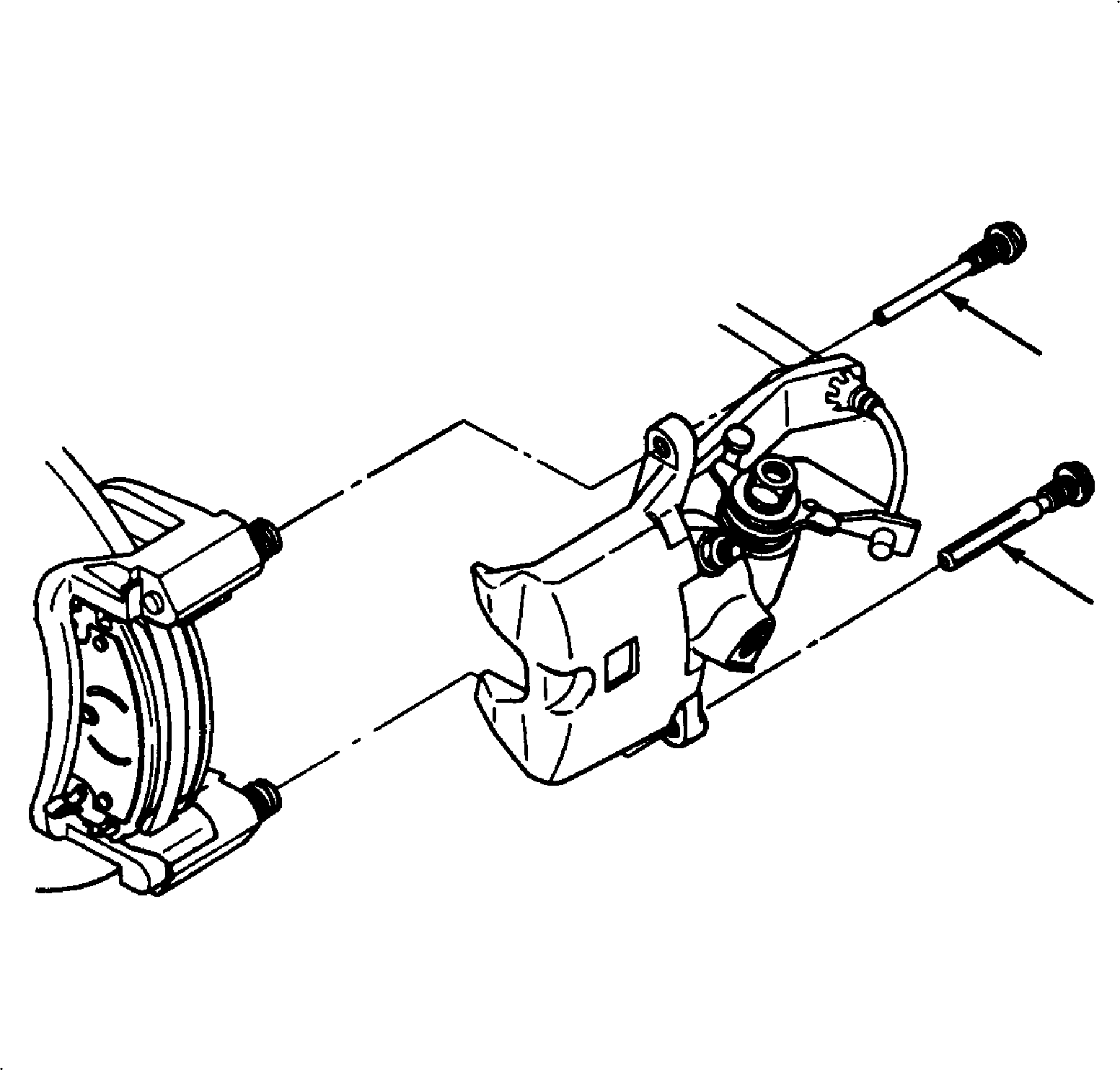
| 9.1. | Lock pin and guide pin boots for deterioration. If damaged, replace. |
| 9.2. | Piston boot for deterioration. If damaged, overhaul the caliper. |
| 9.3. | Lock pin for damage or corrosion. Replace if damaged or corroded (do not attempt to remove corrosion). |
Installation Procedure
- Bottom piston in caliper bore using a Rear Disc Brake Caliper Piston Driver Tool (SA91110NE) or equivalent, in the piston slots. Rotate the piston clockwise, thereby threading the piston into its bore.
- Position piston indention slots as shown.
- Lift inner edge of piston boot to release any trapped air. The boot must lie flat, below the level of the piston face.
- Install new pad clips into caliper support.
- Install inner and outer brake pads into caliper support.
- Install caliper body onto caliper support.
- Lubricate straight sections (not threads) of lock pin and guide pin with silicone grease.
- Install pins through caliper body into caliper support and torque to specification.
- Position wheel onto hub.
- Install wheel nuts and tighten in a crisscross pattern. Repeat tightening pattern to be sure torque is correct.
- Lower vehicle from hoist.
- Prior to operating vehicle, depress brake a few times until brake pads are seated against rotor.
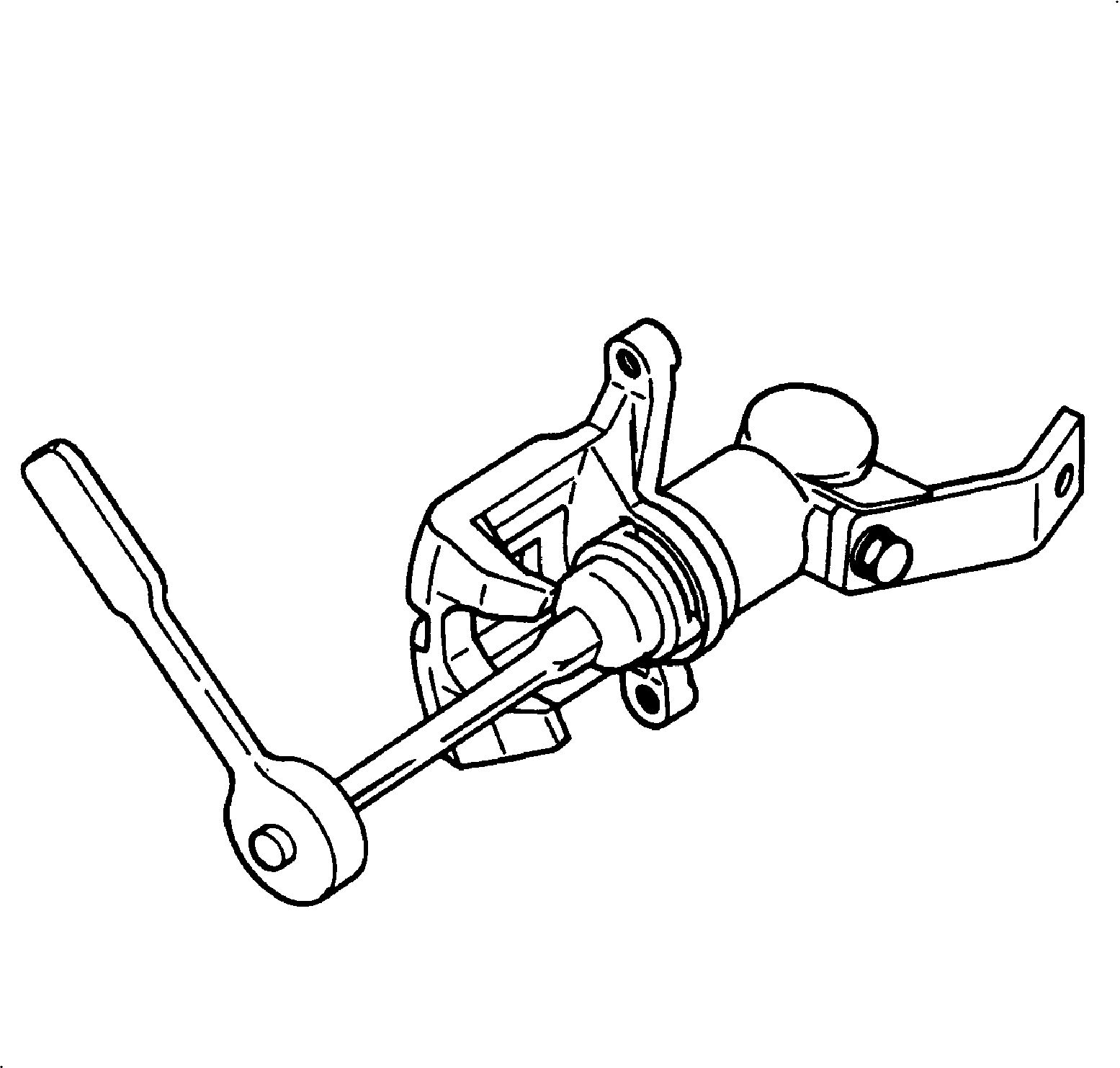
Important: Never replace brake pads on one side of axle only. Left and right side brake pads must be replaced as axle sets.
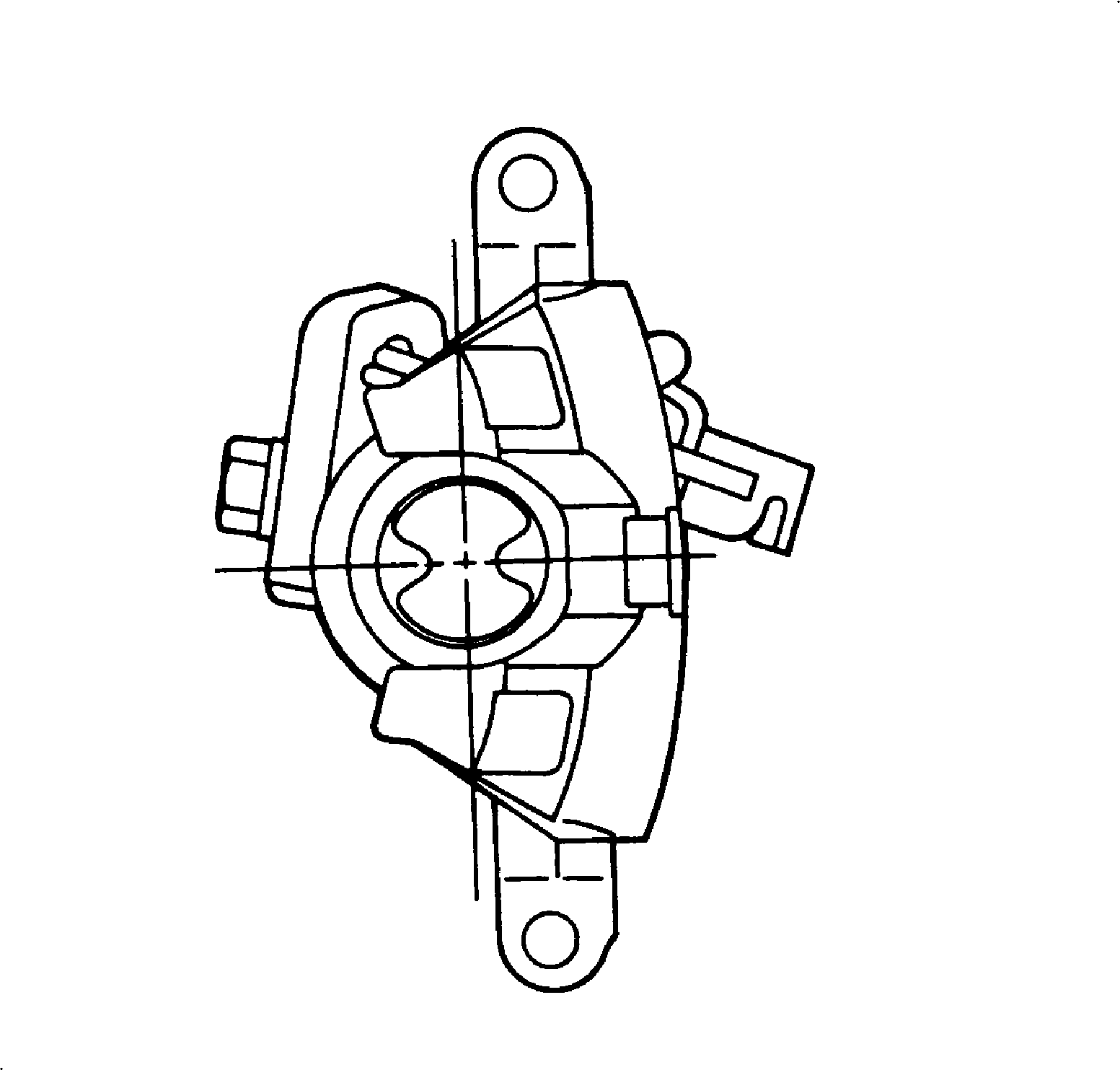
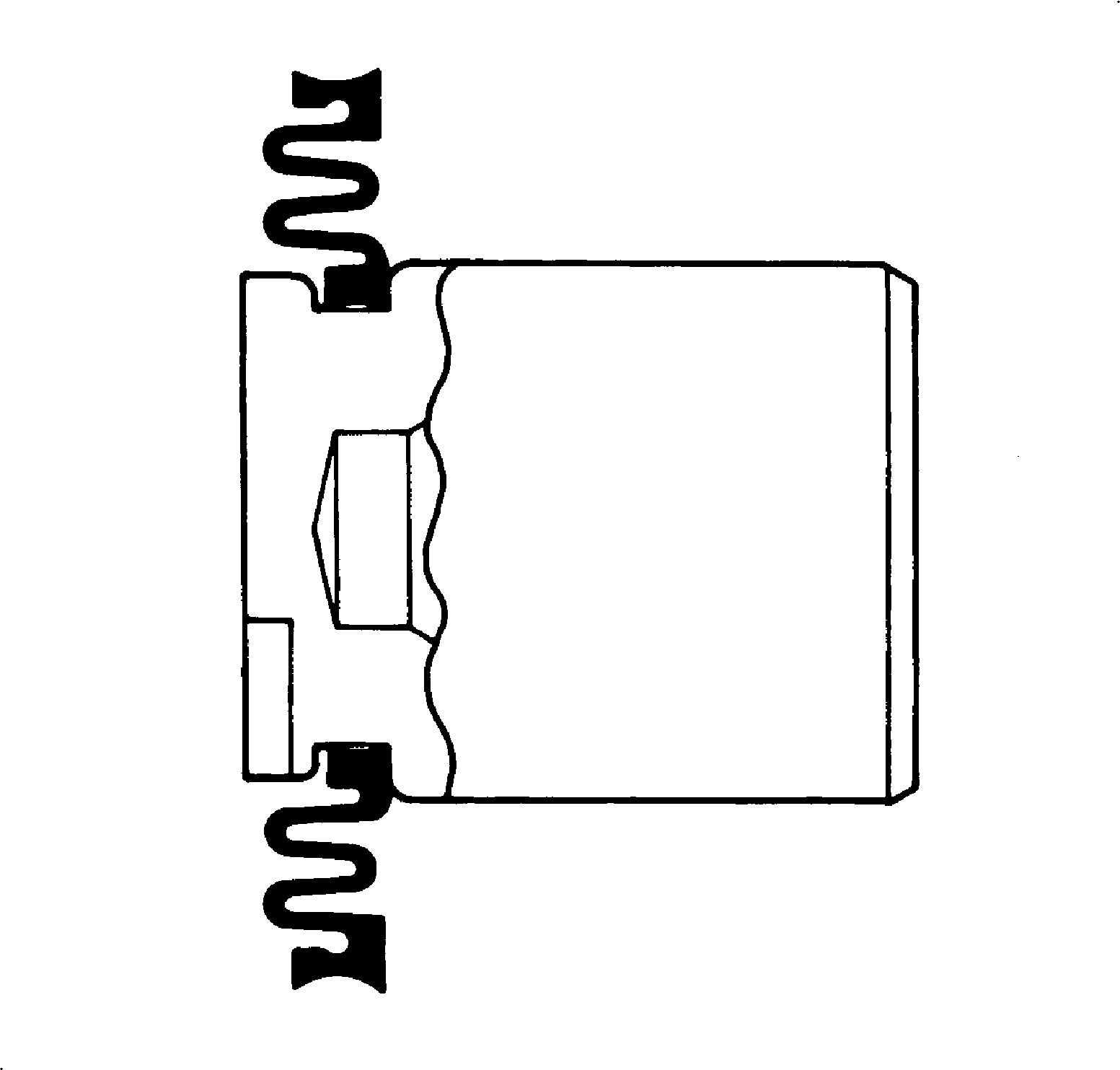

Important: Removal all rust and corrosion from the caliper brackets and the spring clips when installing brake pads. If installing used brake pads, remove all rust and corrosion from the ends of the brake pads and from the notch. Make sure the brake pads move freely in the caliper brackets when the brakes are assembled.
Important: The brake pad with the wear sensor is the outboard brake pad.
Important: Make sure that the piston indentation slots are positioned correctly to accept the brake pads.
Important: Be careful not to damage lock pin or guide pin boots.
Important: Compress pin boots by hand as caliper moves into position.
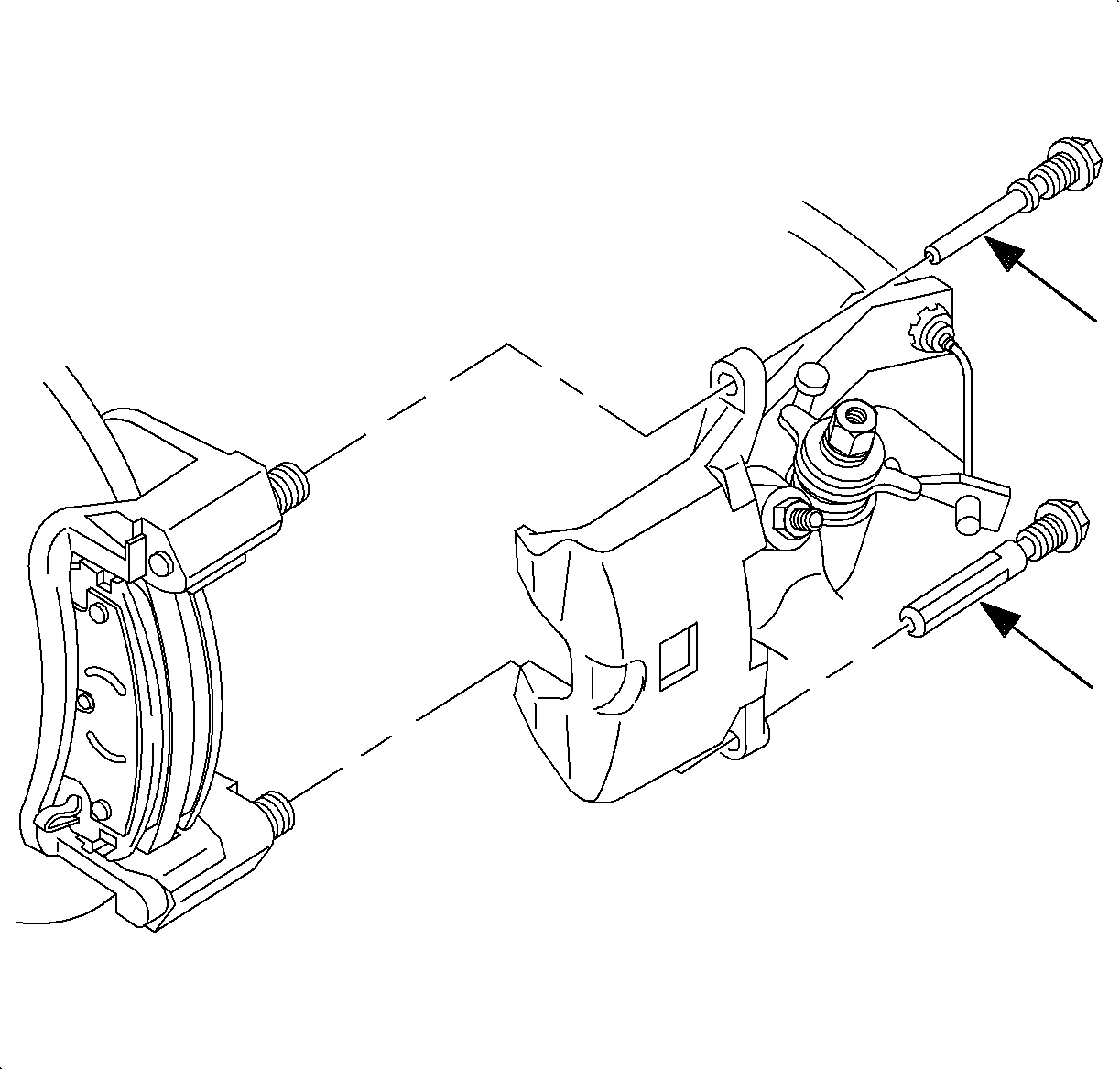
Tighten
Tighten Pins to: 36 N·m (27 lb ft)
Notice: Make sure guide and lock pin boots are properly aligned prior to pin installation, or boot damage may occur.
Notice: Before installing wheels, remove rust or corrosion from wheel mounting surfaces and brake rotors/drums. Failure to do so can cause wheel nuts to loosen in service.
Important: Re-check position of pad clips. If necessary, use a small screw driver to re-seat or center the pad clips on the support.
Tighten
Tighten Wheel Nuts to: 140 N·m (103 lb ft)
Caution: Prior to operating vehicle, depress brake a few times. If this operation is not carried out, brakes will not operate during initial brake applications and may cause an accident resulting in personal injuries.
